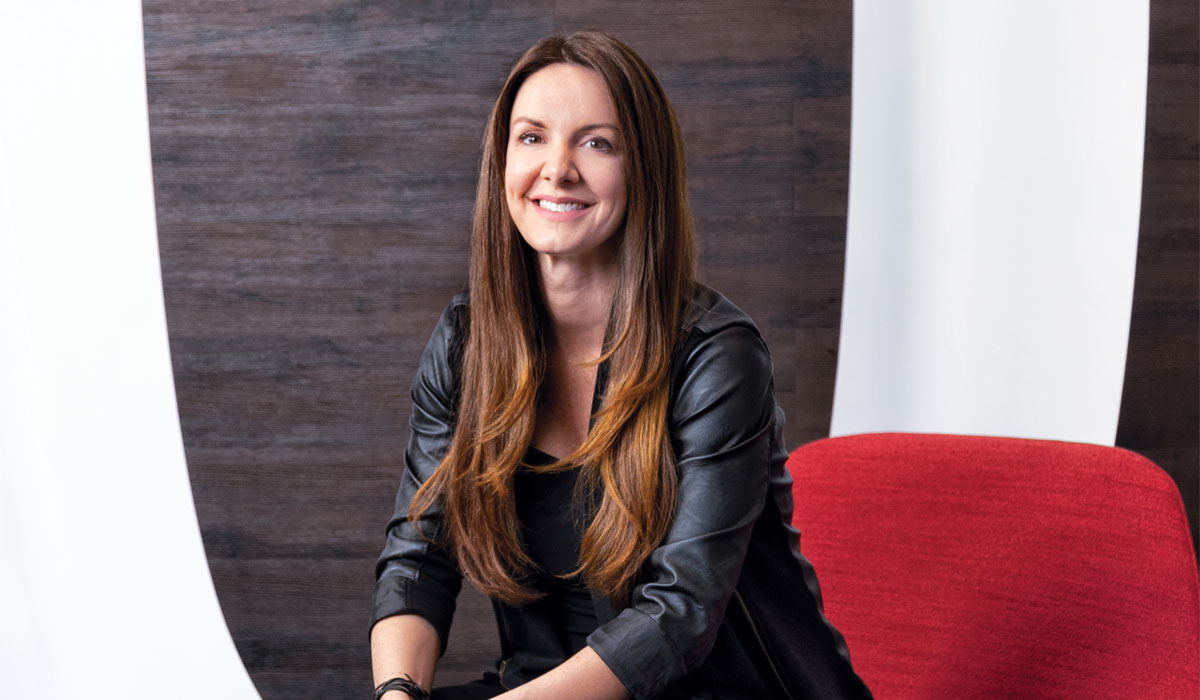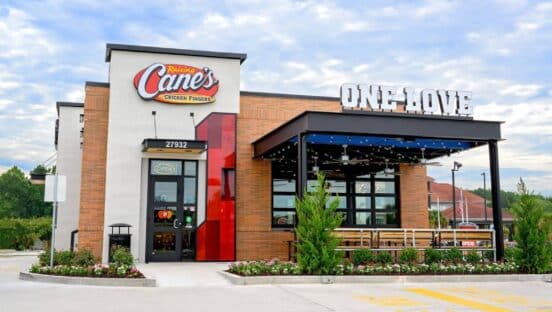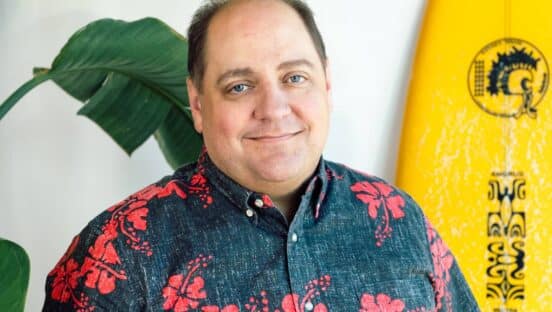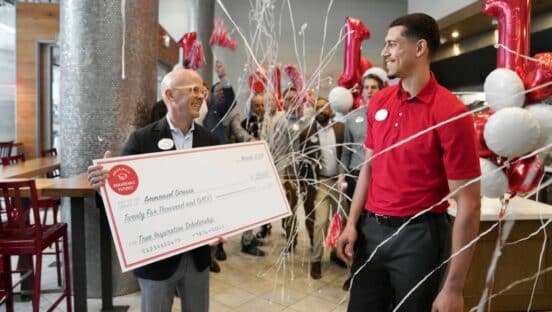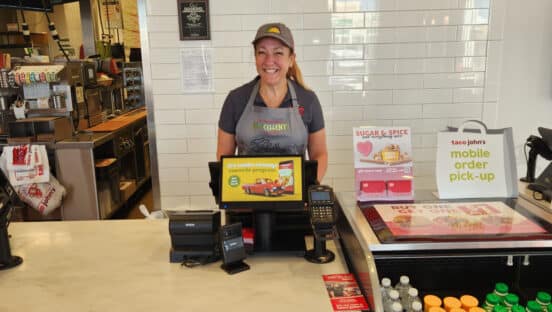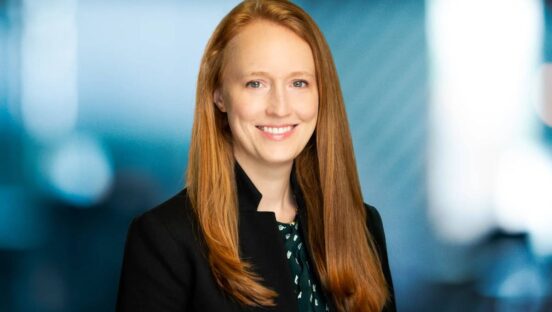If you’ve been in the foodservice industry for any length of time, then you’ve probably heard the Kat Cole success story. If not, here’s the abridged version: After starting as a Hooters hostess at age 17, Cole joined the corporate team at age 20; held her first executive role as vice president of Hooters Restaurants at age 26; made the switch to limited service as president of Cinnabon at age 31; was appointed president of Global Channels for FOCUS Brands at age 35; and, in May 2017, became president and COO, North America, for FOCUS.
“If you only look at that timeline, you would say, ‘It doesn’t look like you had a lot of problems,’” Cole says of her progression as a woman through a male-dominated industry. “The question is, Was my experience unique or not?”
The short answer? Yes. Although Cole’s rapid ascension in the restaurant industry is both impressive and well-deserved, it also appears to be the exception rather than the rule for women and minorities in foodservice.
According to a 2014 study by the Multicultural Foodservice & Hospitality Alliance (MFHA), just 23 percent of corporate executives at foodservice brands were women. For minorities of all genders, the stats were even slimmer: 5 percent of executives were Hispanic, 2 percent were African American, and a mere 1 percent were Asian. That adds up to just 8 percent of corporate executives being people of color, despite the fact that the U.S. Census Bureau estimates that 37 percent of the population falls under one of these three races. “It’s the same story in quick service as I see in other sectors of our industry,” says Gerry Fernandez, president and founder of MFHA. “The higher you go, the fewer women you see and the fewer people of color you see.”
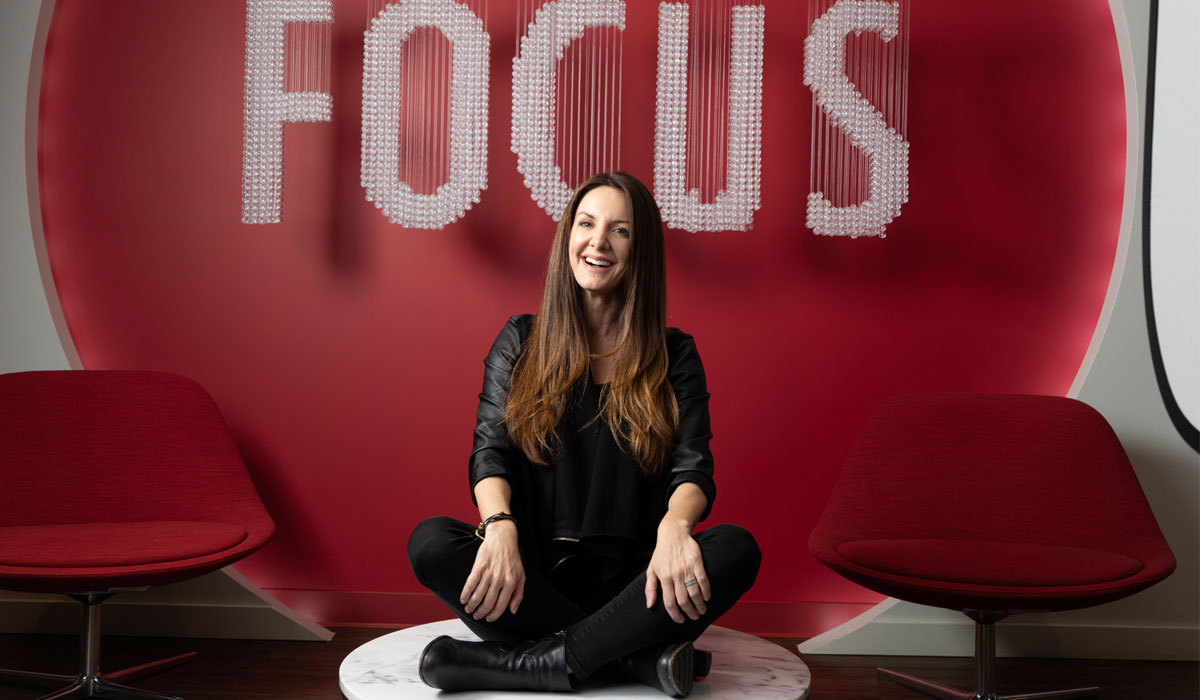
However, with diversity becoming an increasingly hot topic of modern-day conversation, companies and the customers they serve are looking for greater representation and equity in the C-suite—a call that many in the industry are at least trying to answer. “I want more leadership to represent the communities we serve,” Cole says, noting that FOCUS alone employs three female presidents. “That includes women and it includes people of color.”It also includes individuals from different socioeconomic backgrounds, religious upbringings, sexual orientations, geographic locations, educations, and overall worldviews.
“Really, what we value is the unique perspective and diversity of thinking that comes from unique backgrounds,” says Adrienne Ingoldt, vice president of marketing communications at Jack in the Box. The brand—which has more than 2,200 locations across the globe—is helmed by a CEO of West Indies descent (Lenny Comma), while 44 percent of its executive leadership team is female.
Why the big push for more diverse leadership? In short, because it makes business sense. According to a 2017 report from consulting firm McKinsey & Company—which examined more than 1,000 public companies across a range of industries and countries—companies that fall into the top quartile for racial and ethnic diversity are 33 percent more likely to experience above-average financial results. Meanwhile, those in the top quartile for gender diversity are 21 percent more likely to deliver stronger results and profitability.
Not only does diversity correlate with better bottom-line results, but it also leads to greater innovation and creativity, largely due to the lack of “group think”—in which individuals from like backgrounds tend to approach problems the same way and propose similar solutions. “Innovation results from bringing different people with different perspectives and backgrounds together to solve a problem that we’re all trying to solve, which is growing a company and driving business results,” says Marissa Andrada, chief people officer at Chipotle and a first-generation American, whose parents immigrated to the U.S. from the Philippines before her birth.
“You create an environment and a culture where you’re encouraging learning, innovation, broader thinking, trying new things, and learning from them if they don’t work,” she adds. “That liberates and empowers people to really bring their full self and their best thinking to whatever they’re doing inside the company.”
[float_image image=”https://www.qsrmagazine.com/wp-content/uploads/2019/04/Modern.jpg” width=”50″ link=”” caption=”Modern Market’s VP of operations, Robin Robison.” alt=”” align=”left” /]
After joining the Chipotle team in 2018, Andrada—a former Starbucks executive—and new CEO Brian Niccol worked together to actively create a more diverse leadership team. To date, Chipotle executives are more than 50 percent women, with individuals from different races and ethnicities among the team.
In addition to greater innovation, diverse teams like these help brands better connect with and serve their communities, be it the guests who frequent their restaurants or the front-line employees who keep those restaurants running.
“Consumers—particularly millennials and Gen Z—are more likely to buy from brands that represent who they are as a person, and that relatability comes from the top,” Jack in the Box’s Ingoldt says. “But we also have great responsibility to employ, attract, and keep an employee base that feels like their values align with the company.”
And at a time when companies across the industry face critical talent shortages, the ability to find and retain strong team members is more important than ever. “People want to work for more diverse organizations,” says Krista Gibson, chief marketing officer for the Women’s Foodservice Forum (wff), an organization dedicated to leadership development and the advancement of women in foodservice. “One of the ways to win the war for talent is winning the war with women and having women all throughout your talent pipeline.”
Not only that, but in an era where even the smallest misstep can damage a company’s reputation for years to come, cultivating a more varied team at the decision-making level also helps to minimize risk. “Homogenous groups are going to have blind spots,” Fernandez says. “You cannot see what’s in the best interest of all your customers and employees. So you tend to run into issues of risk, because you didn’t even know something would be an issue, because you don’t have anybody in the room.”
At Modern Market Eatery, a 28-unit fast casual with strong female representation on its executive team—from Robin Robison as VP of operations to Erinn McCully as director of catering—this gender equity and diversity acts as a counterpoint to the ideas and opinions of its two male founders. “No decision within our company—for better or for worse—is ever unchallenged,” says cofounder Anthony Pigliacampo. “Whatever is suggested, there’s someone on the other side of it saying, ‘Well, did we think about it like this? How will it impact that?’ It makes it challenging sometimes to move as fast as you want to, but it makes it so you’re considering all points of view and, in the end, making better decisions.”
So with the long list of benefits that come from diversifying brand leadership, why are so many limited-service executive teams still filled with a roster of predominantly white men? Bottom line: Change can be challenging, and it doesn’t happen overnight. Fernandez points to the fact that it can take about 20 years to develop a vice president in the restaurant industry, meaning that if a company hasn’t been planting seeds over a long period of time, then it won’t be reaping the benefits of a diverse team any time soon.
[image source_ID=”121965″]
That’s why FOCUS and other companies in the industry have started looking outside the foodservice world for executives to fill top roles. Cole says this shift gives her hope that more women and candidates of color will make it to final interview rounds and—if they’re the best person for the job—onto the executive team. “I’ve interviewed more potential candidates of color for top executive positions—CMO, VPs—in the last six months than I had probably in the last two years, and half of them are coming from another industry,” she says. “If you open up your mind to a different set of experiences and backgrounds, maybe that will accelerate the number of candidates of color and women who get into the prospect pool.”
After relocating its headquarters to Newport Beach, California, in 2018, Chipotle began working with small women- and minority-owned recruiting firms to build a more varied network of potential executive candidates. “Everyone says, ‘We want the best talent,’ and they want it as soon as possible,” Andrada says. “So typically the first talent they get exposed to is likely within their network of people. And if they’re not already diverse, then that’s the lens they come from.”
She encourages her hiring managers to take as much time as possible to search for a pool of candidates filled with all genders, races, sexual orientations, and work experiences. If an executive meets with six final candidates for a position, Andrada makes it a point for that slate of individuals to contain equal representation of women and minorities. “It’s a matter of helping leaders open their eyes to see that there is diverse talent out there,” she says. “We just need to be meeting them.”
Not only is it critical to look outside the box for more varied leadership, but it’s also necessary to change the job descriptions and requirements themselves to appeal to a more diverse applicant pool. “It requires a reprioritization of what the most important skills are,” Ingoldt says. “It’s focusing on the cultural and unique contribution that each person could bring based on their background and what they value versus simply bringing tactical skills.”
At health-focused Modern Market, the key to diversifying has been hiring based on values, in addition to skill and experience. “We’ve always looked at, Do we like this person’s values? Do we think they’re smart and will do a really good job?” Pigliacampo says. “If you have a company that has a health-mindedness about it, our observation is that there’s an absolute ton of females that are more connected to how important health and wellness are than men. That right there attracts women to our brand.”
Real and lasting change also requires buy-in—better yet, a true passion—for diversity from the topmost leader. That’s why WFF has made it a priority to engage CEOs and other brand execs on the topic of diversity, encouraging them to become committed to and champions of diversity within their organizations. Gibson says that when CEOs are engaged and see benefits, they can be advocates for more diverse leadership—and that can rally the rest of the organization.
Once leadership is fully on board and a brand has found the right people who fit its values, the next step is creating a company culture that values the differences and unique perspectives these individuals bring to the table, rather than trying to make everyone fit a certain mold. “Diversity is hard, and it’s impossible to maintain without a really strong belief around inclusion, cultural appreciation, openness, empathy, and emotional connectedness,” Cole says. “People come from very different places, and if they’re not curious about each other and don’t look at each other as the shining value they are, then it doesn’t work.”
Part of creating a more inclusive culture also requires companies to take the needs of women who are both executives and working mothers into account—an effort that’s gaining ground and helping to level the playing field for females in the industry. “Early in my career, I noticed that many of the women in leadership around me were either single or married without children. But I always wanted to be a mom, so I knew I would have to find a way to have both a career and a family,” says Ingoldt, a mother of two. Fortunately, Jack in the Box has provided the support she needs to be both a present parent and a successful leader, thanks to maternity leave support, flexible paid time off, and the ability to telecommute if and when necessary.
“Being able to have a flexible work-life balance that considers families is one of the things that’s been very challenging for women in the workforce in general,” Pigliacampo says. “But just the fact that you can work from anywhere now on a laptop benefits women [executives] greatly.”
Though many in the industry believe there’s still a long way to go in making the face of foodservice more diverse, the shifting demographics in America—coupled with brands’ concerted efforts to bring more perspectives to the table—leave them optimistic about the future of leadership diversity. “The old guard is getting ready to retire, and it’s only going to create space for these up-and-coming innovators who happen to be diverse to make their way to these larger companies,” Chipotle’s Andrada says.
Ingoldt’s vision for the future? That diversity is so commonplace in the industry that companies no longer have to work toward it.
“Brands across categories—within foodservice and otherwise—now see diversity as the world that we live in and important to being successful as a brand,” she says. “I’m very optimistic that it will continue to evolve, and that this won’t be a conversation that we necessarily need to spend so much time on in the future, because it will just be the norm.”

